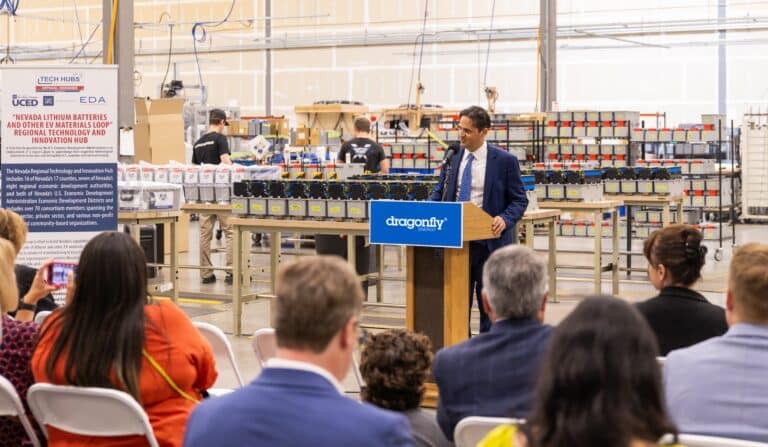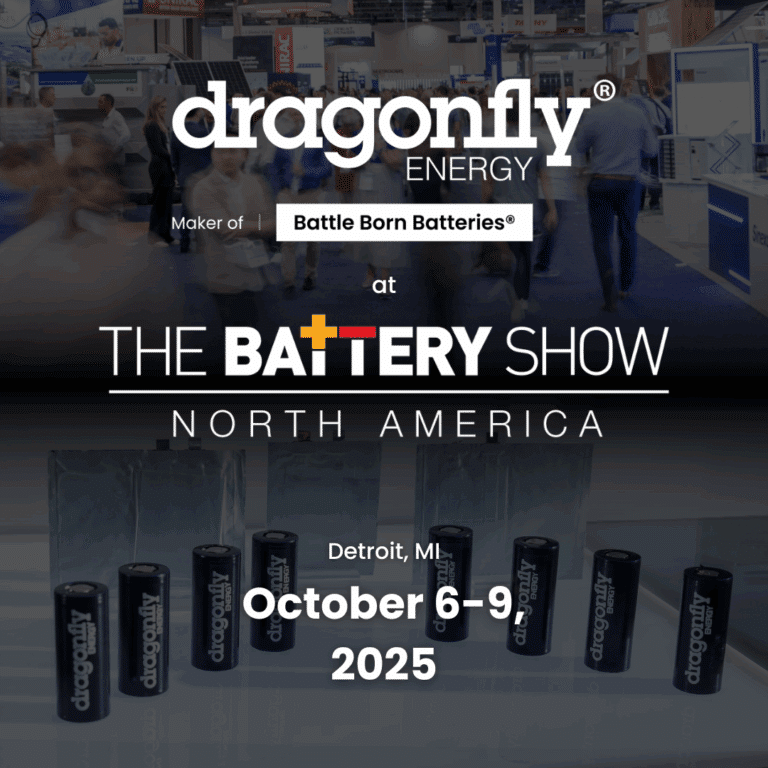If your business operates boats or other watercraft, you know how important it is to keep your batteries charged so that power is there when you need it. Whether you’re using lead-acid batteries or lithium-ion batteries, you’ll need a marine battery charger or boat battery charger that can handle the load.
Do You Need a Special Charger for a Marine Battery?
You don’t need a specialized boat battery charger or one that is specifically made to charge boat batteries, but you will need to ensure that the marine battery charger you use matches the voltage and chemistry of your batteries. Lithium-ion batteries require a charger that controls the voltage and can charge at different voltages depending on the stage of the charging process.
What Features Do You Need in a Boat Battery Charger?
Depending on how your boat is used and what setup you have, there are certain features that will be important to consider.
Starting (Cranking) Boat Battery Charging
Most boats will have a starting battery where the sole purpose is to provide a boost of energy to turn the motor over and start the boat. In older boats, this may have been the only battery onboard, but if you’re powering accessories, you’ll need a separate battery from the starting battery. Starting batteries charge while the boat is in operation, but an additional charging method may be required if it’s being used to power accessories as well (which isn’t recommended).
Trolling Battery Charging
Trolling motors require their own batteries as they use an electric motor to keep the boat from drifting while in a current. They may also be used to travel shorter distances, depending on the size of the boat. These batteries are often charged using a marine battery charger that is connected to shore power once returning to land.
House Battery Charger
If you have house batteries onboard that are used with an inverter to power interior lighting, water pumps, toilets, navigation equipment, as well as other appliances or accessories, you’ll have several options for charging. Engine charging, solar charging, and shore power charging are typical for this setup, and a proper boat battery charger should be used if the latter is the case.
How Big of a Marine Battery Charger Do You Need?
The physical size isn’t important, but the voltage and amperage are — your marine charger must be able to adequately match the needs of your batteries as they pertain to the needs of the boat itself.
What Voltage Boat Battery Charger Do You Need?
12V is the most common, but some commercial boats may use 24V, 36V, or 48V depending on the battery bank in question. The supply will nearly always be either 120V or 240V when connected to shore power.
How Many Amps Do You Need for Your Marine Charger?
If you’re using a lead-acid battery setup, these will charge at a maximum of 10 amps (10 hours from fully drained). A lithium-ion battery, however, can charge at up to 50 amps, or just two hours from fully drained to 100 percent.
What if You Have More Than One Boat Battery to Charge?
For lithium-ion batteries, your best bet is to choose a charger that is designed for multi-cell charging. There are multi-battery charger options available for lead-acid batteries as well, otherwise, it depends on what voltage you’re working with. If you have 36V of power, you can use a 12V marine battery charger on each lead-acid battery.
How Often Should You Charge Your Marine Battery?
If your boat is used less frequently than once per week, it’s likely that you will want to charge it between each use. House and trolling motor batteries should always be charged using shore power once the boat is docked (unless the boat is equipped with solar charging), as this will ensure they are always ready to go.
Charging Lead-Acid Vs. Lithium Marine Batteries
Lithium batteries can be charged multiple times each day and only take around 4 hours to charge completely, while lead-acid batteries can become damaged and leak if charged too often. Lead-acid options usually take 10 hours to charge completely. For this reason, lithium is often the best solution.
Trickle Charging Your Boat Batteries
Trickle chargers provide a weak flow of electricity to keep batteries topped up for when you need them (without overcharging), and both battery types can use them. Some options can continue to keep batteries fully charged for several months at a time.
Charge Your Batteries Properly for Better Performance & Lifespan
Whichever boat battery charger you choose, always ensure that you use it properly and understand the voltage and amperage of the batteries you are using. It’s also wise to note that lead-acid batteries can overcharge if charged incorrectly, which can cause them to leak dangerous hot acid — not something you’d want to have happen while out on the water.


